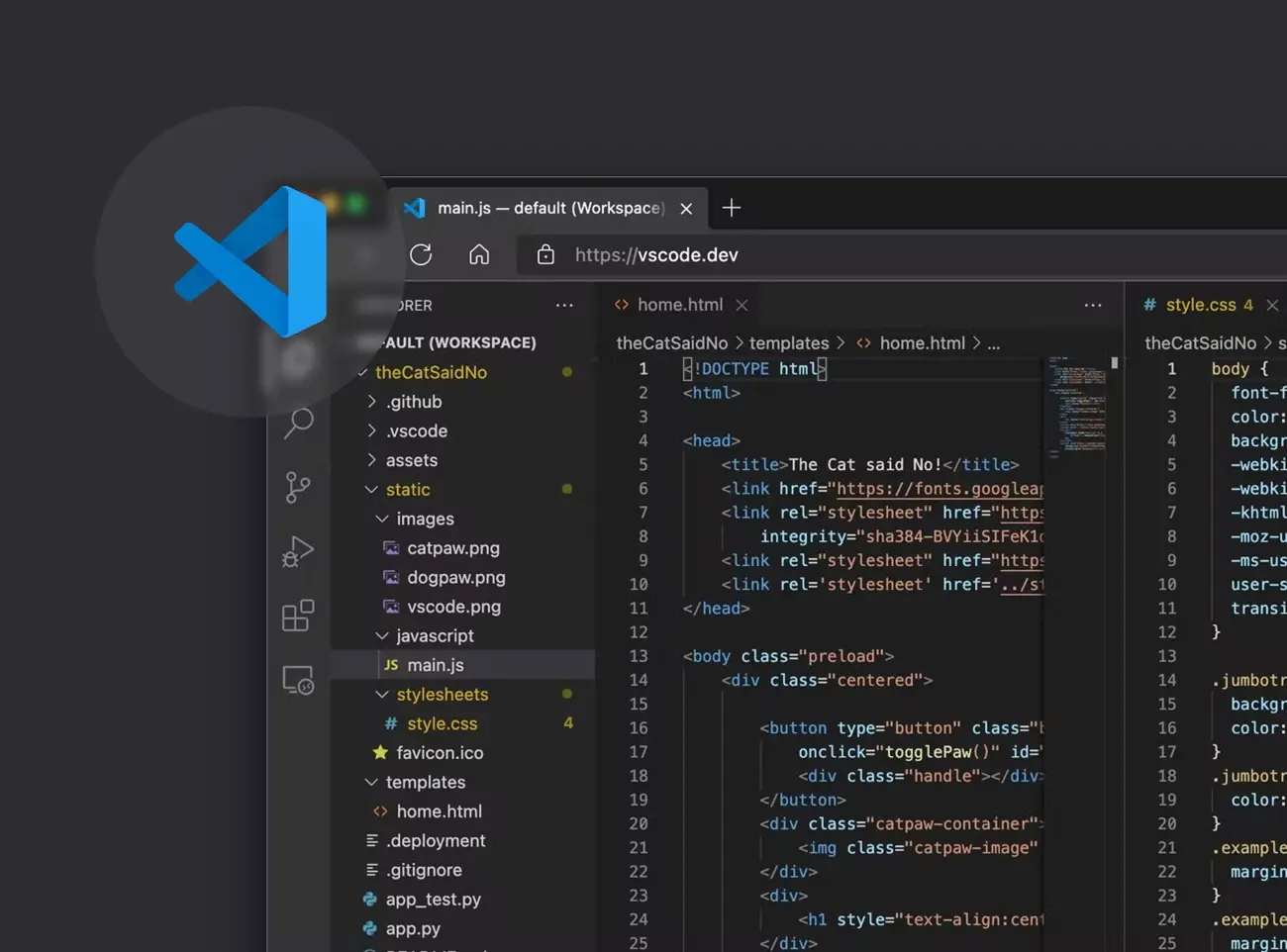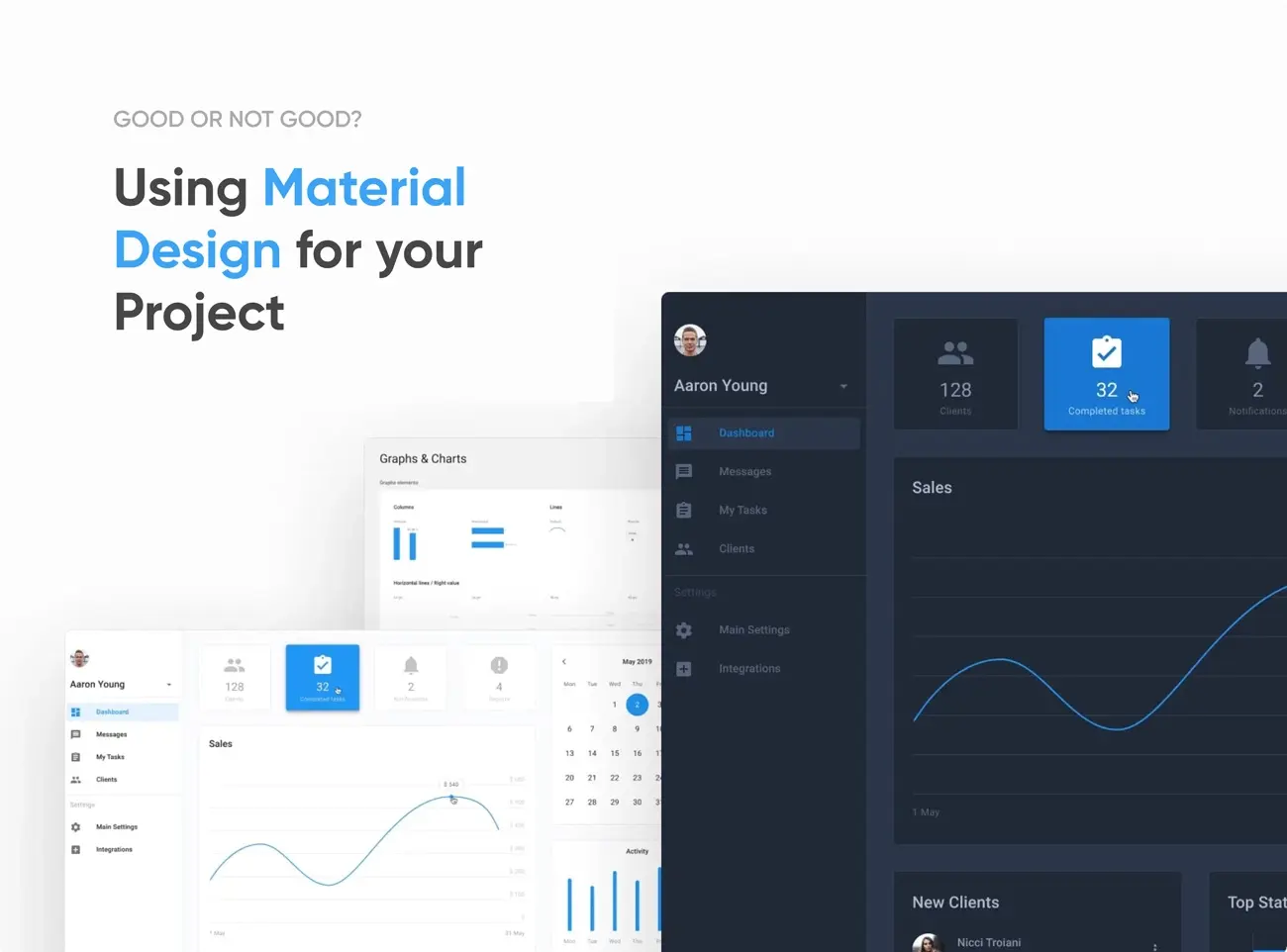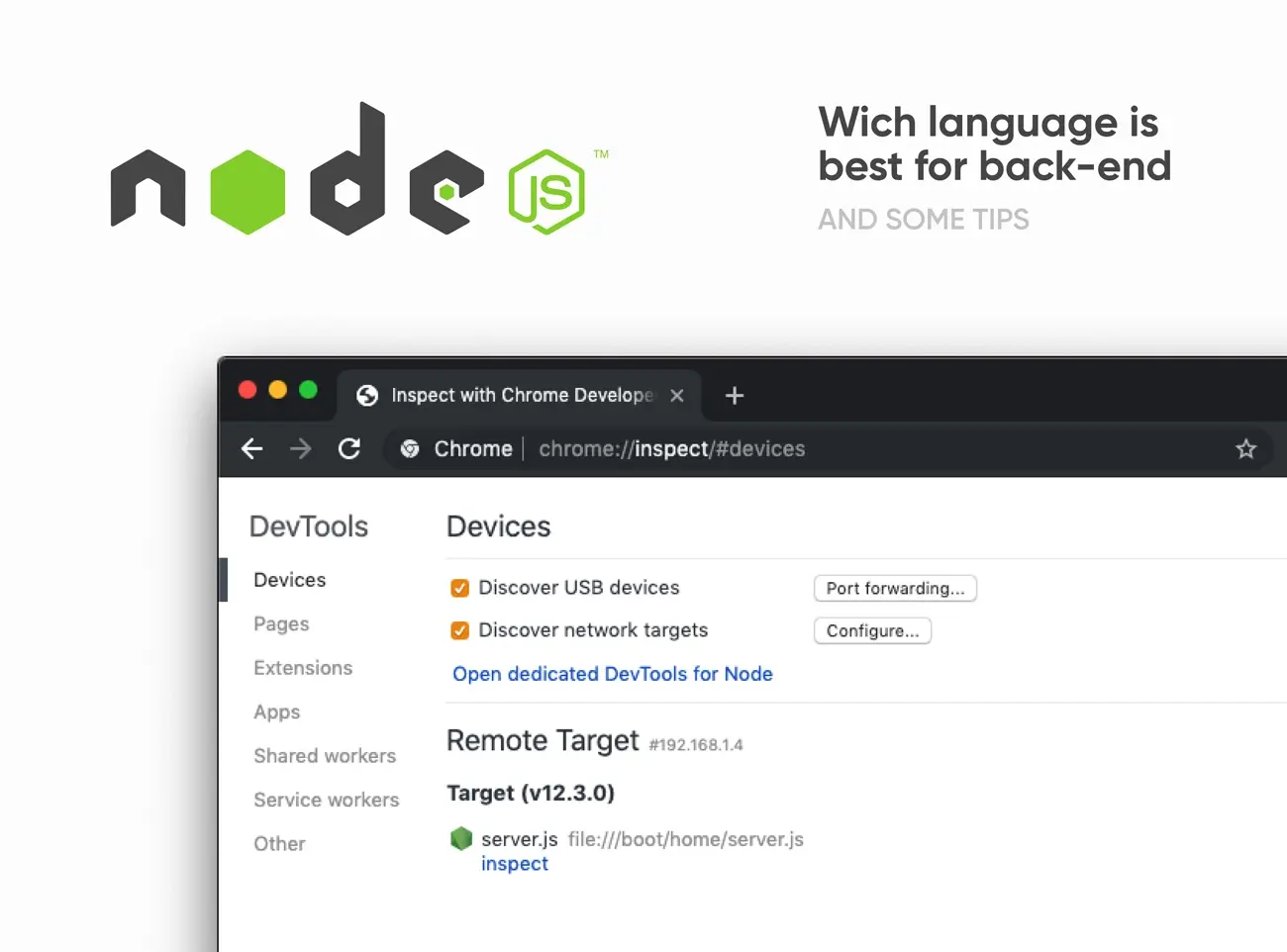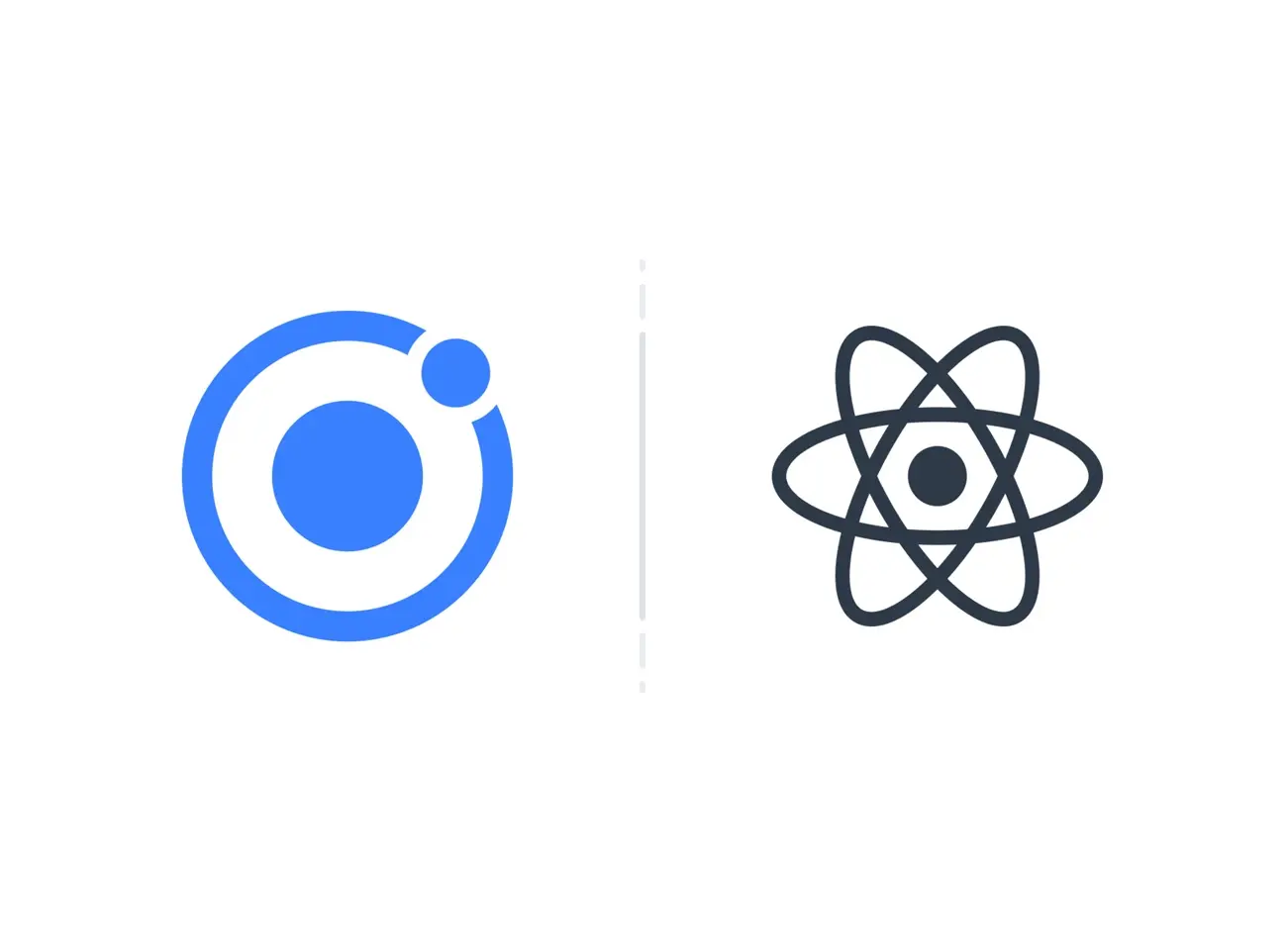Drag
Mobile App · Oct 2022 · 8 MIN READ
Which is the Best FW for Cross-Platform?
From 2010 to today, interest in mobile applications has grown steadily. As of 2022, there are over 6.6 billion smartphones, and no company can afford to lose its presence on those platforms. Developing applications on multiple platforms has its advantages, which is the main reason for the growing popularity of cross-platform frameworks. Several development tools and frameworks have emerged and started to play a significant role in the market. This has resulted in a large number of such frameworks that can be overwhelming for developers. We can attribute this to the current trend and expect it to continue to develop in the future. That's why we will try to bring you the best solutions.

What Is a Cross-Platform App Development Framework?
A method known as “cross-platform mobile app development” or “hybrid mobile app development” enables programmers to create a mobile solution that is simultaneously compatible with multiple platforms and operating systems. To be precise, cross-platform is a type of software that has the ability to run on multiple computing platforms i.e., Android, iOS, Windows...The number of tools on the market is growing along with the demand for cross-platform solutions for mobile app development. For start-ups and already established businesses, cross-platform mobile app development is ideal because it broadens your customer base. When you have a lot of potential but little money and time to spend, it is perfect for a Minimum Viable Product. Cross-platform's “one-of-a-kind technology” enables developers to write just one line of code to lay the groundwork for an app to function well across a variety of platforms.Hybrid applications have a native look and feel due to the combination of native code with independent code that’s suitable for multiple platforms. This makes it possible for you to increase your reach to a much wider target audience across all platforms for a significantly lower cost and shorter amount of time.
Native vs Cross-Platform
The never-ending argument between native and cross-platform development has riven the tech industry for years. Some industry professionals favor native apps over cross-platform ones. On the other hand, businesses like Uber are developing their own framework for cross-platform apps.Developing natively means using tools and programming languages that are specifically designed for a single platform. These tools are optimized for the device and operating system. For example, iOS apps are created using Objective-C and Swift, Android solutions are developed with Java, C/C++ and Kotlin, and Windows Phone apps are built with C# and Visual Basic.Specific OS requirements serve as a guide for developers when producing native applications. A native app can utilize all of the features and functionalities offered by a target computing device once it has been installed. The disadvantage is that a native app cannot be used on other platforms. You would need to create multiple solutions (one app for each targeted platform) to reach a larger audience, which would take a lot of time and money.Technologies for native and cross-platform development are constantly changing. Because technology is ever-evolving, it is important to periodically review these issues in order to determine which of these options is currently dominating the market.A few years ago, cross-platform app development was constrained to making simple mobile apps and games. Cross-platform development is now more adaptable, potent, and flexible than ever thanks to emerging technologies. Cross-platform development still faces difficulties, though. Poor user experience can result from performance hiccups caused by inconsistencies in communication between native and non-native components of gadgets.These difficulties, though, pale in comparison to the advantages of cross-platform app development. Depending on your needs and use scenario, they can both be suitable for your project and have advantages and disadvantages.

Factors to consider when selecting a Cross-Platform FW
The wide range of options available for cross-platform app development can make it difficult to choose the right one for your project. To make a good decision, it's important to start by understanding your project's goals and requirements. Additionally, consider factors such as the size of your company, the skills of your development team, and the specific solution you need.There are different frameworks that cater to different needs, for example, simple apps can be created using Ionic, whereas large firms and enterprises may prefer tools like Sencha or Xamarin. Cross-platform development is a popular choice for businesses as it allows them to create apps compatible with all customer devices.When evaluating frameworks, consider the following factors:1. The expertise of your team: Different frameworks use different programming languages, so it's essential to choose one that your team is familiar with.2. Vendor reliability and support: Look at the companies that develop and support the frameworks you're considering, and research the apps that have been built using them.3. Framework maturity and capabilities: Research how frequently the framework's public API and tooling changes, and review the number of bugs it has and how they are being handled.4. Consistency between different platforms: Consider how well the framework handles consistency between different platforms, such as Android and iOS.5. Educational materials: Look for frameworks that have comprehensive documentation, online and offline conferences, and educational courses. This will help ensure that you have access to enough information about the product when you need it.Cross-platform mobile app development is a rapidly evolving field. It is important to keep in mind that information about different frameworks may become outdated quickly due to frequent updates. Some of the most popular and widely used cross-platform frameworks currently include Flutter, React Native, Ionic, Cordova, and Xamarin. However, it's important to note that the popularity and relevance of these frameworks can change over time. For example, some frameworks may have seen a decline in popularity in recent years, while others like Flutter have seen a rise in usage.
| Framework | 2019 | 2020 | 2021 |
|---|---|---|---|
| Flutter | 30% | 39% | 42% |
| React Native | 42% | 42% | 38% |
| Cordova | 29% | 18% | 16% |
| lonic | 28% | 18% | 16% |
| Xamarin | 26% | 14% | 11% |
| Unity | 12% | 11% | 11% |
React Native
The first release of React Native took place in 2015. It is one of the most popular cross-platform JavaScript frameworks and it only offers the React framework for development. The concept was first introduced during a hackathon and later continued as an open-source project. Today, it is widely used, especially in combination with React for the web.The overall architecture is similar to NativeScript, but with a different approach to bridging between the JavaScript and platform sides. Native plugins are written on the platform side and only parameters are passed through the bridge. Cross-platform engine that implements flex-box layout on the target platform, is used to bridge between JavaScript and the platform.Technically, React Native is similar to what front-end developers are used for the web. The framework is actively being developed with releases appearing every 3-6 months. In version 0.61.0, the reload mechanism has been updated, which allows for more efficient work. Initially, only the browser console is offered, but developers can also use react-native-debugger, which provide additional development tools such as Redux inspection, MobX, and Apollo Cache.
Flutter
The first release of Flutter took place at the end of 2018. Despite being a relatively new platform, it is actively developing with quarterly releases and active development of the Dart language. It has rich developer tools, impressive reload, an online editor for animation, and specialized CI/CD, all available since the release of version 1.0.A feature of the Flutter architecture is that it renders each pixel itself, controls gestures and animations, and doesn't rely on OEM widgets like React Native does. Instead, the Flutter team has created two sets of widgets for major mobile platforms: Material for Android and Cupertino for iOS. This allows for the re-rendering of all UI components from both mobile platforms, completely replicating their behavior. Interaction with the mobile platform (such as geolocation, sound, and Bluetooth) occurs through Platform Channels.The youth of the platform, and the wide range of supported platforms, can sometimes lead to bugs in unexpected places. However, thanks to a rapidly growing community, many of these bugs are often documented on GitHub issues and often contain workarounds.

Cordova
One of the first cross-platform frameworks was Cordova (formerly known as PhoneGap), which was first released in 2009. Originally developed by Nitobi, it was later acquired by Adobe. As a result of the acquisition, the source code for PhoneGap was donated to the Apache Foundation.From the official architectural diagram, it can be seen that the basis of rendering is a regular WebView, that is, a regular browser. Despite being one of the oldest frameworks, it offers only a limited set of plugins and a variety of APIs to ensure their interaction. It does not have any specific set of tools.The developer experience can be somewhat open-ended as it depends on how you organize your project. You have the flexibility to write everything in jQuery and refresh the page using F5 or use a set of familiar libraries and existing hot-reload solutions. Debugging can be done in the browser console, and debugging on a device can be done through a connection from Safari to the WebView running on iOS. Additionally, there is a convenient template mechanism that allows you to generate a project from ready-made third-party boilerplates. For example, cordova-template-framework7-vue-webpack.
Ionic
Based on Cordova, Ionic was released in 2013. Over time, Ionic replaced Cordova with Capacitor while maintaining API compatibility, ensuring that the entire existing component base remained functional.Ionic has its own set of UI components and allows you to implement business logic using any framework from the popular trio (before version 4, it was only possible to use Angular). It is possible to pay for enterprise support, but otherwise, everything said about Cordova also applies to Ionic - such as debugging in the browser console, hot-reloading from the framework, and running inside a WebView.

Conclusion
Cross-platform development is not a one-size-fits-all solution. When choosing a development approach, it's important to consider the tasks at hand and the resources available. Cross-platform development can be a good and practical option, but it has its own advantages and disadvantages that should be taken into account before starting a project. A well-made cross-platform application is often better than an incomplete native one. It can be developed quickly and inexpensively, uploaded to the store, and tested for user demand. Based on the results of this experiment, it will be possible to make informed decisions about the mobile direction of a company and investments in it.





